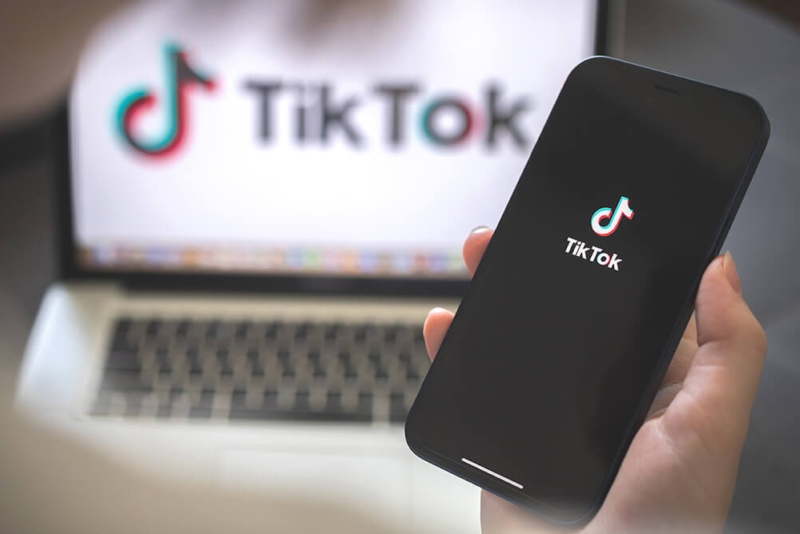Assessing New Social Media Platforms: Is It Always Worth the Leap?

Be there or be square. FOMO. The idea of missing out on something great can drive a lot of our decisions, from both personal and business perspectives. When new social media platforms pop up, it’s tempting to make an immediate leap so you don’t miss your chance to be there from the start.
But remember what we’d say as kids—first the worst, second the best? It’s kind of applicable here. Yes, there’s value to being one of the first to do something in your space, but there’s also value in waiting until you can hit the bullseye before taking your shot.
Let’s look at a couple of the platforms trying to claim the space X (previously Twitter) has left open, and how you can assess a new social media platform to determine if it’s a good fit for your organization.
When one door closes, five new social media platforms open
X was arguably one of the heaviest hitters when it came to social media platforms, but as Elon Musk does…well, whatever it is he’s trying to do with it, the former juggernaut is experiencing a drop in engagement, traffic, and ad revenue — not to mention public perception.
X once offered a unique experience for users: breaking news, live sporting or entertainment updates, a chronological timeline, and the possibility that anyone, at any time, could find your content if your account was unlocked; however, with new leadership and algorithms, and many features restricted to those who pay $8 a month for a blue checkmark, millions of people (yes, literally millions) have decided to abandon Musk’s X.
So, it stands to reason they need somewhere else to go. Breaking a social media habit isn’t something many people are willing to do.
Enter Threads. Enter Bluesky. Enter every other social media platform that will undoubtedly emerge to try and recreate the magic of what X once was. Whether they’ll be successful is another story.


Let’s look at Instagram Threads as an example. Launched on July 5, 2023, Meta’s X competitor gained 100 million new users in its first five days; however, ten days later, it lost half its users. From a user perspective, there are a few major issues. First, up until very recently, who you followed didn’t matter; your homepage was a hodgepodge of content from people you don’t know, with no way to toggle to another view. Threads just recently added a “following” tab (though it’s still being rolled out) which works in the platform’s favour, but there’s still no hashtags, search functionality, or direct messaging capabilities.
Alternatively, Bluesky offers a more Twitter-like experience, perhaps because it was created by Twitter co-founder and former CEO Jack Dorsey. The interface is almost identical to what users were used to on Twitter. But the platform faces its own issues. Currently, there are 650,000 users and over 1.9 million people on the waitlist. Yes, waitlist. Bluesky operates under an invite-only system, similar to how Facebook initially operated. The code system creates a sense of exclusivity, but it also means growth will be slower. We saw this tactic work for Facebook, but it was less successful for the audio-based app Clubhouse. Though waiting for an invite can create that FOMO we talked about earlier, it can also alienate a lot of people.

Can you really tell if a new social media platform will last?
The short answer? No. If you could, then the brainpower behind IGTV and Google Plus might have used that knowledge to their benefit. There’s no cut-and-dry way to predict if new social media endeavours will capture lightning in a bottle and hook an entire generation (or two) of users. Success requires a perfect blend of factors, from user experience and interface, to features, to ease of use, to type of content offered, and much more. Oh, and don’t forget the most important element of all: sheer dumb luck. Sometimes things just take off, and try as we might, we just can’t pinpoint why.
When trying to assess the potential longevity of a new social media platform, there are four main components you should focus on.
- Do your research: what are the experts saying? Analysts, marketing professionals, and tech experts love to dig deep on what new social media platforms offer. They’ll write reviews, pull stats, and measure performance to give you context and useful data.
- Listen to word of mouth: what are the users saying? All the stats in the world mean nothing if users aren’t enjoying their experience or finding the platform useful. Listen to what they’re saying, then watch to see if the platform is making announcements about any of the issues users are complaining about. If they’re making the changes people want to see, it could mean it’ll be successful.
- Have a healthy curiosity: it’s okay to experiment! Sign up for a new platform personally before switching your organization over. Keep visiting it, spend some time digging around, explore all the features, and get familiar with what the platform has to offer so you can fully examine and understand its organizational value.
- Give it time: Rome wasn’t built in a day. Twitter was created in 2008, but it’s the last 10 years where the site has seen the bulk of its growth as brands, celebrities, and politicians leveraged all it had to offer. Expect there to be some bumps in usage along the way, and don’t jump ship—or over commit—too early.

It may be good, but is it good for you?
We’ve all seen how TikTok has catapulted into a main source of information for younger generations. But does that mean you should make the leap?
Once again, the answer isn’t as simple as yes or no. There’s no harm in securing your username or handle in the event a platform does take off and it’s worth the investment, but giving these things a few months to find their footing before shifting your entire strategy can save you major headaches in the long run.
You’ll need to assess the platform, what it has to offer, and what it means from an organizational perspective before coming to a conclusion. Things like…
Will it help you reach your audience?
You should already know who your target audience is as part of your brand development and strategy, so research the demographics for this new platform. If your target audience is aged 45 to 65, and the main demographic on this new platform is ages 18 to 35, then it may not be worth the investment for you.
The exception here is if you’re trying to reach a new audience, whether to reposition your brand or build early awareness before they age into your desired demographic. Or, maybe your organization has been mainly brick-and-mortar until now, and you’re trying to increase your online presence. In these cases, it could be worth testing out these new platforms—provided you have the resources.
Which brings us to…
Do you have the resources to commit to the extra content creation?
Any social media manager will tell you not all social platforms are created equal, which means not all social content is created equal. Any time you try a platform for the first time, existing or new, you need to consider the additional resources it requires—strategy, copywriting, graphic design, video development, posting, and performance measuring. Consider your team’s current workload, your goals, and whether adding an additional platform will stretch your resources too thin.

What does this platform give you that other platforms can’t?
Your audience doesn’t want the same thing in a different font. Think about how this platform can help you further your goals in ways other platforms can’t. This doesn’t necessarily mean from a monetary standpoint. Engagement and brand awareness are legitimate goals, so if the platform you’re considering can help hit certain key performance indicators, then maybe it’s worth your time.
Does the medium fit your message?
To misquote Dr. Ian Malcolm in Jurassic Park, your marketers were so preoccupied with whether they could, they didn’t stop to think if they should. Let’s say you have the resources to take on another social media platform, and the audience demographics align, you still need to determine whether the content you’re producing and your overall brand messaging goals can be successfully executed and delivered. Dancing to viral TikTok sounds while explaining the different types of insurance may not be the best representation of your brand, although sometimes there’s value in taking risks.
How are your competitors using the platform?
Explore what your competitors are doing, how they’re doing it, and if you can learn from their approach. At Alphabet® we’re always doing competitive analyses for our clients to better understand what they’re up against and what gaps we can help them fill.
Even with all these questions answered, there are intricacies to every industry, organization, and brand that make adopting a new social media platform a nuanced decision. Our team of content and branding experts can help uncover what a new platform means for your organization, including whether you should use it at all, and how it can be best used to bring you results.
Get in touch with us today to learn how we can help.




